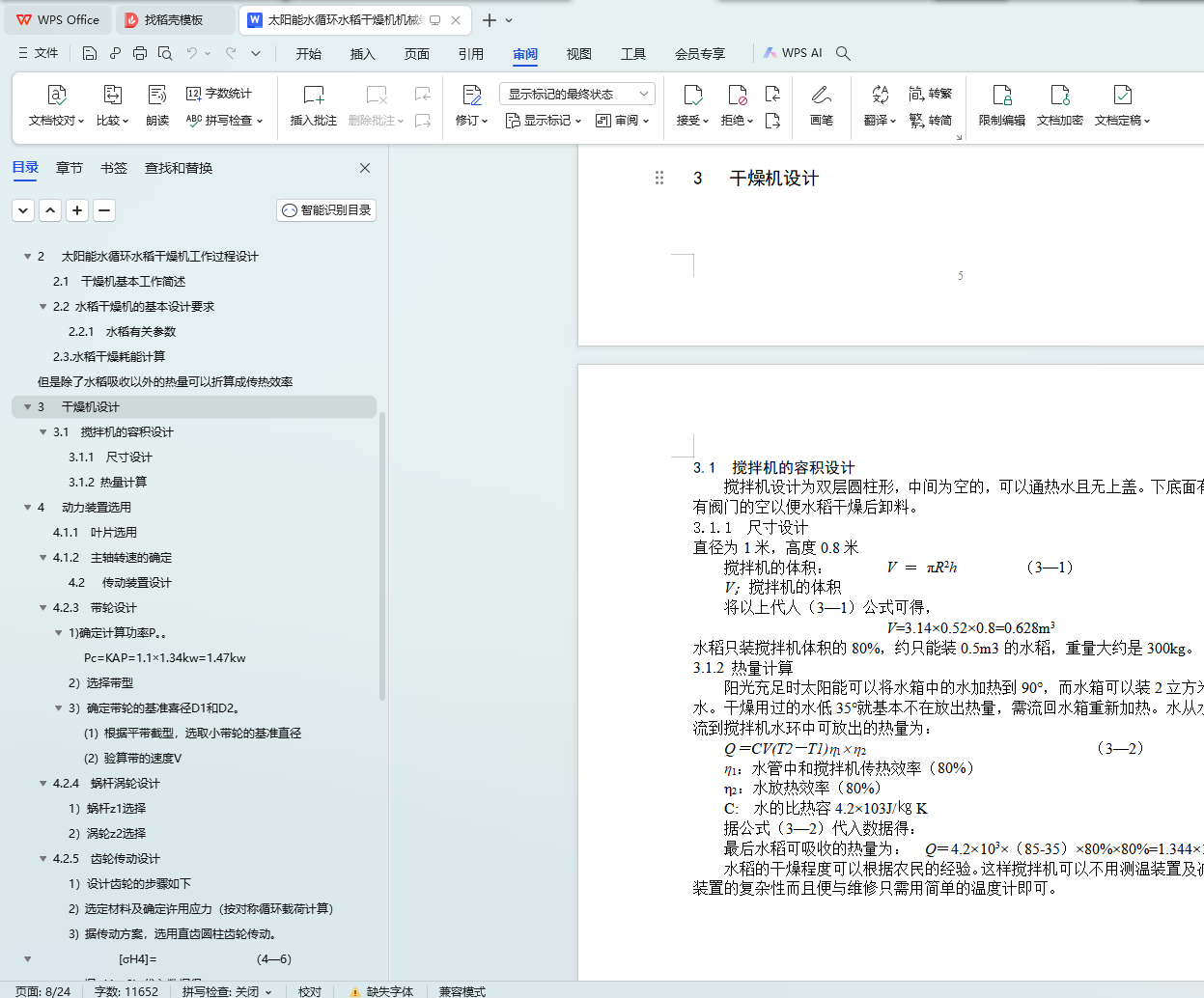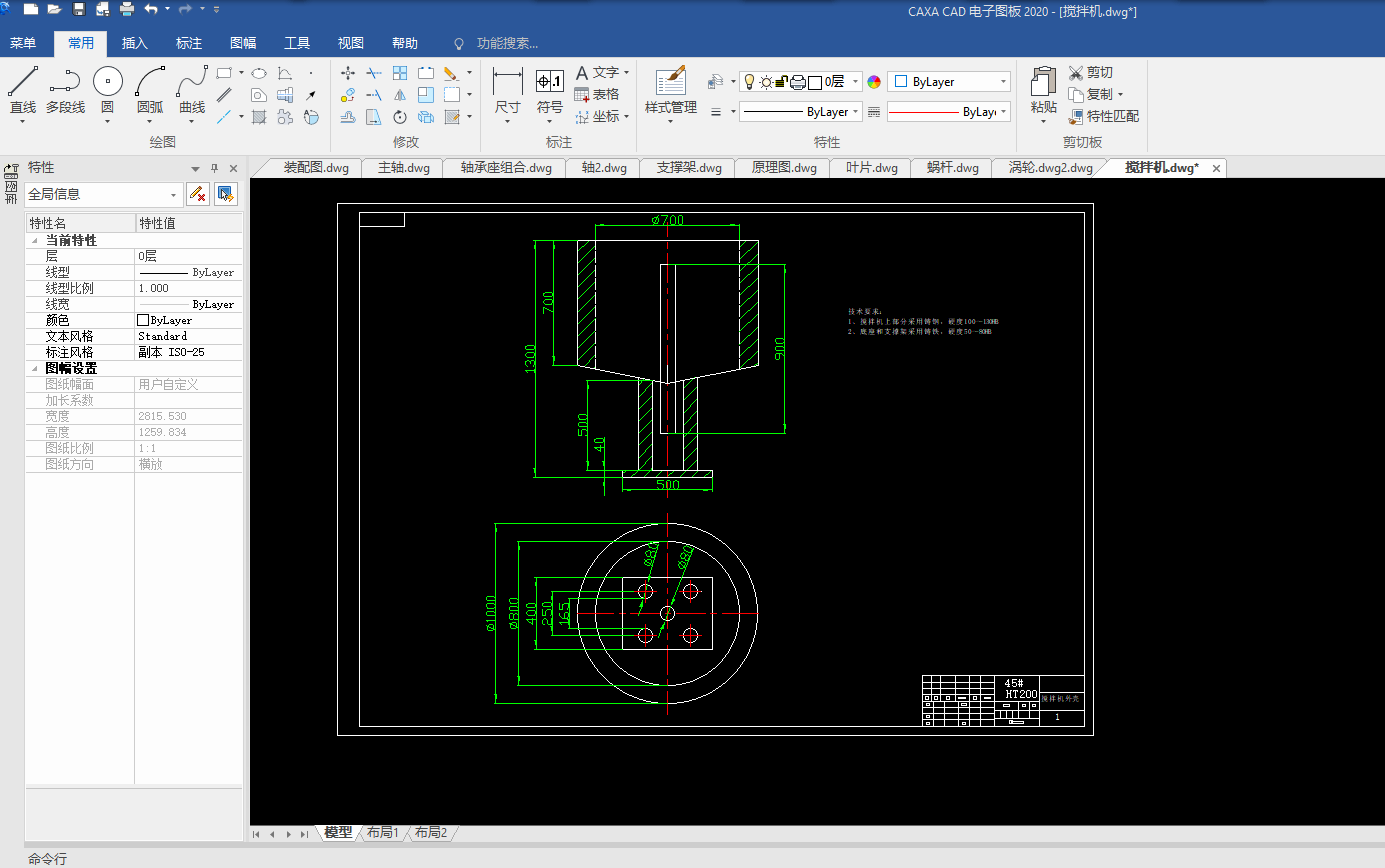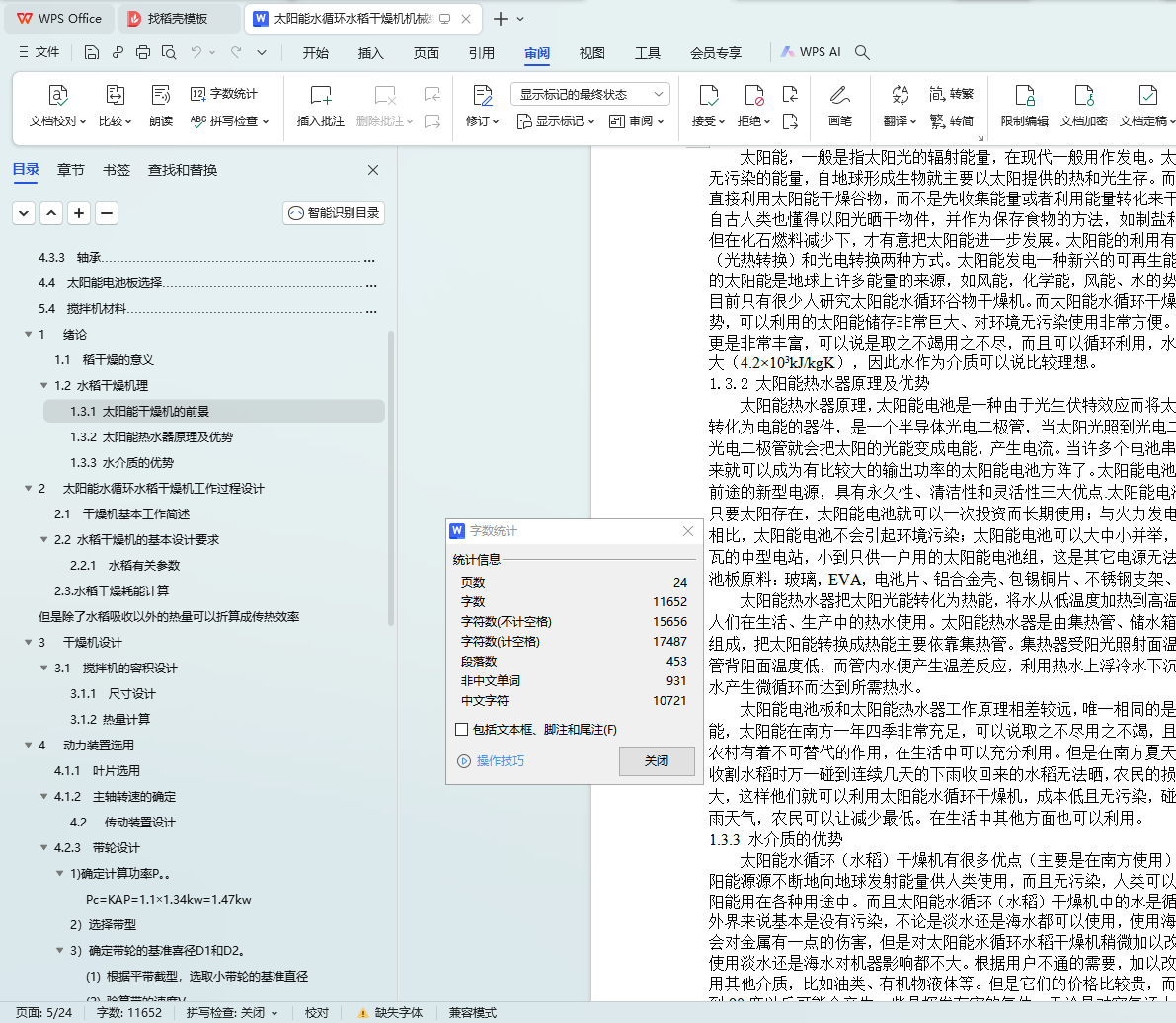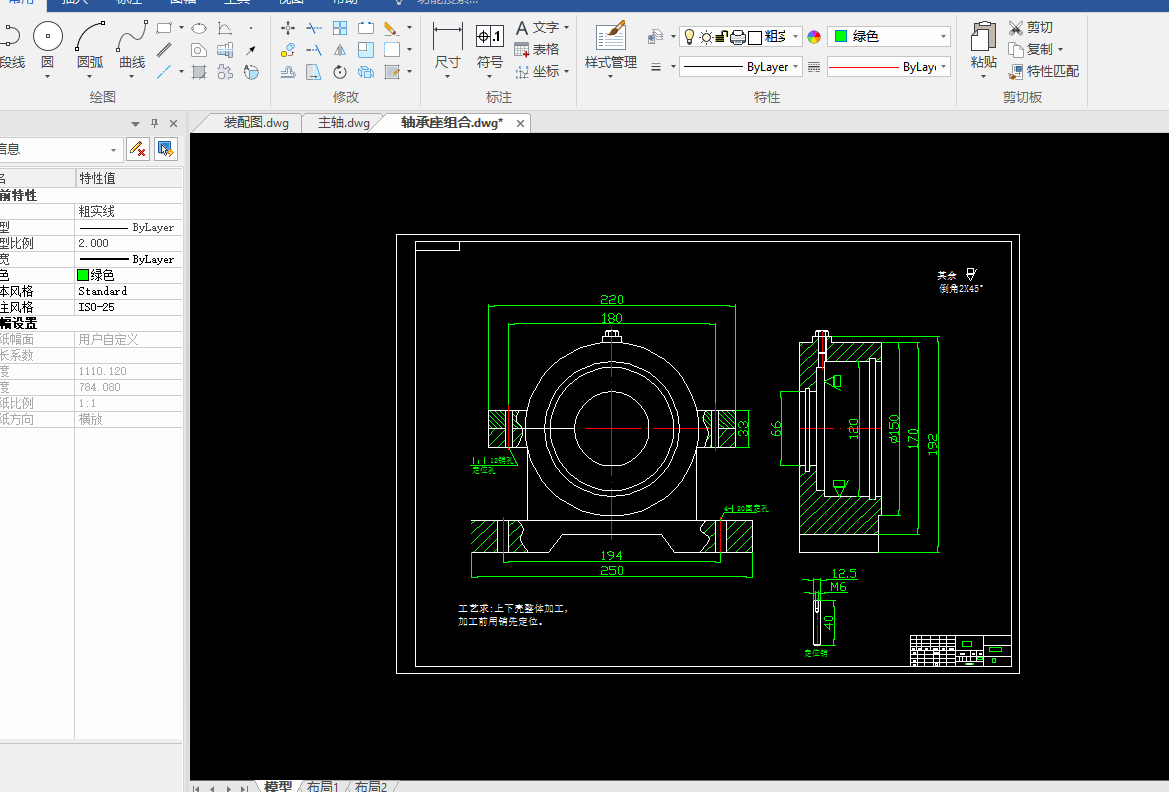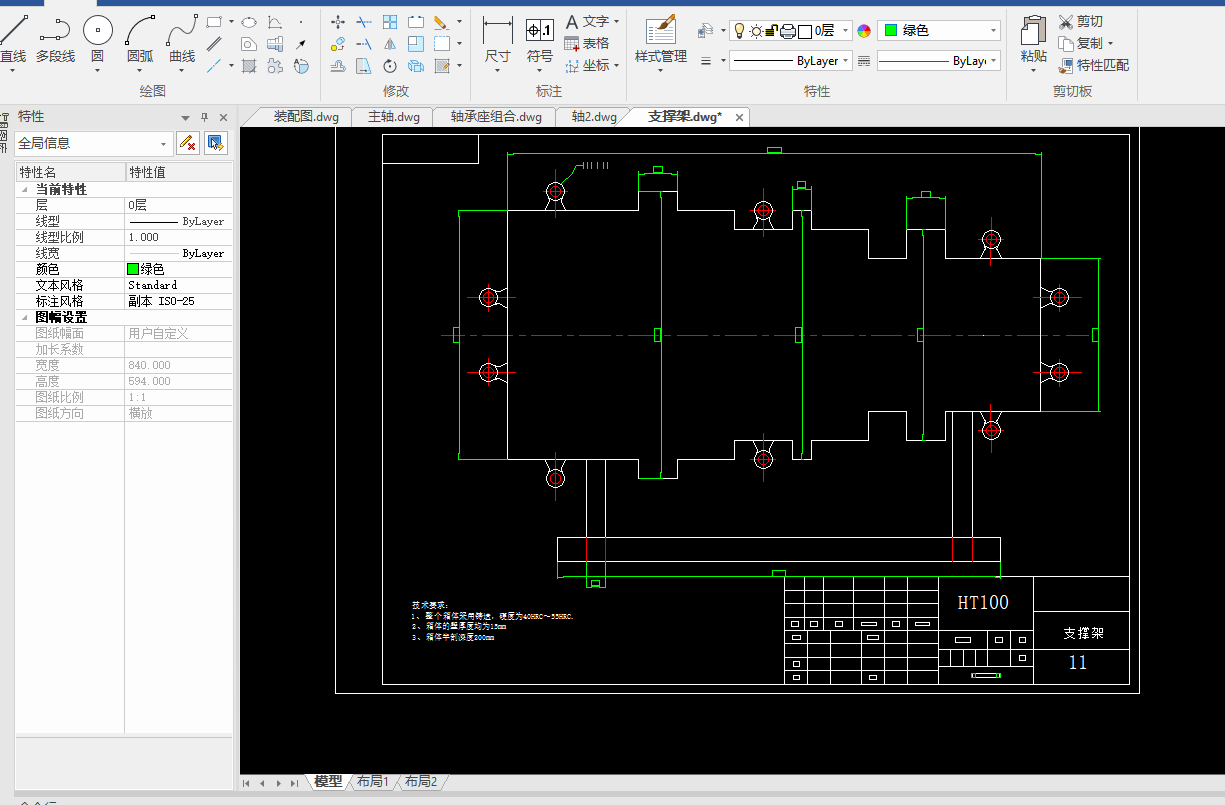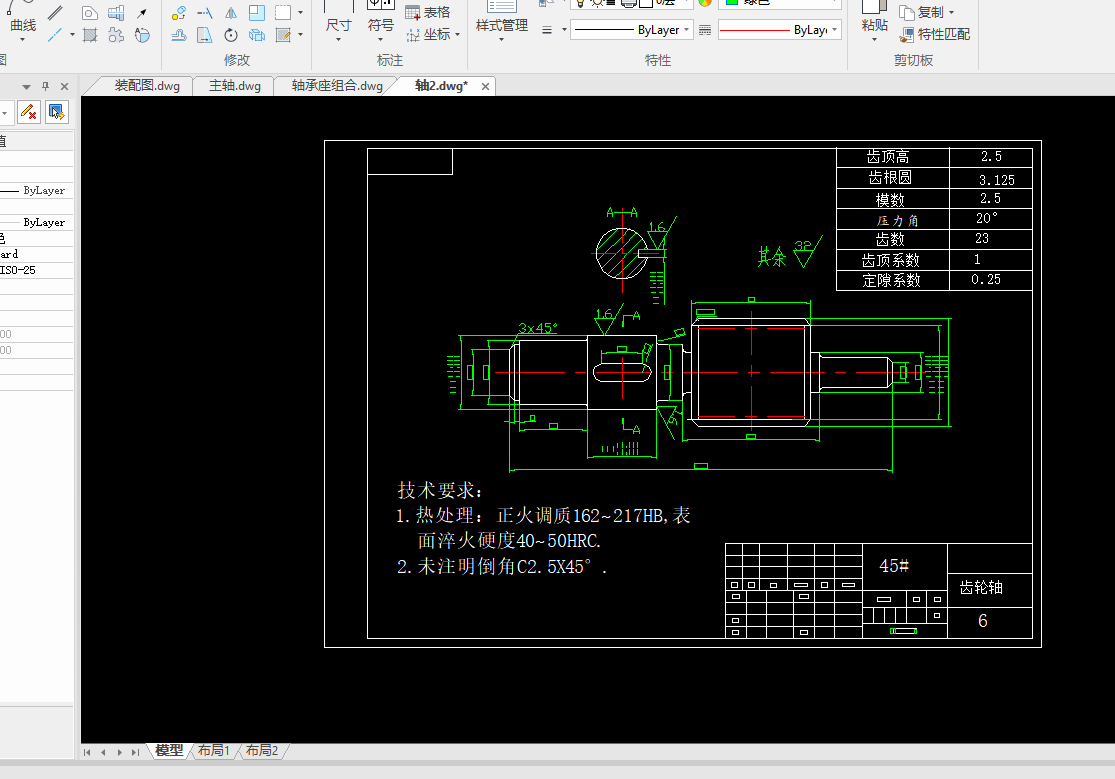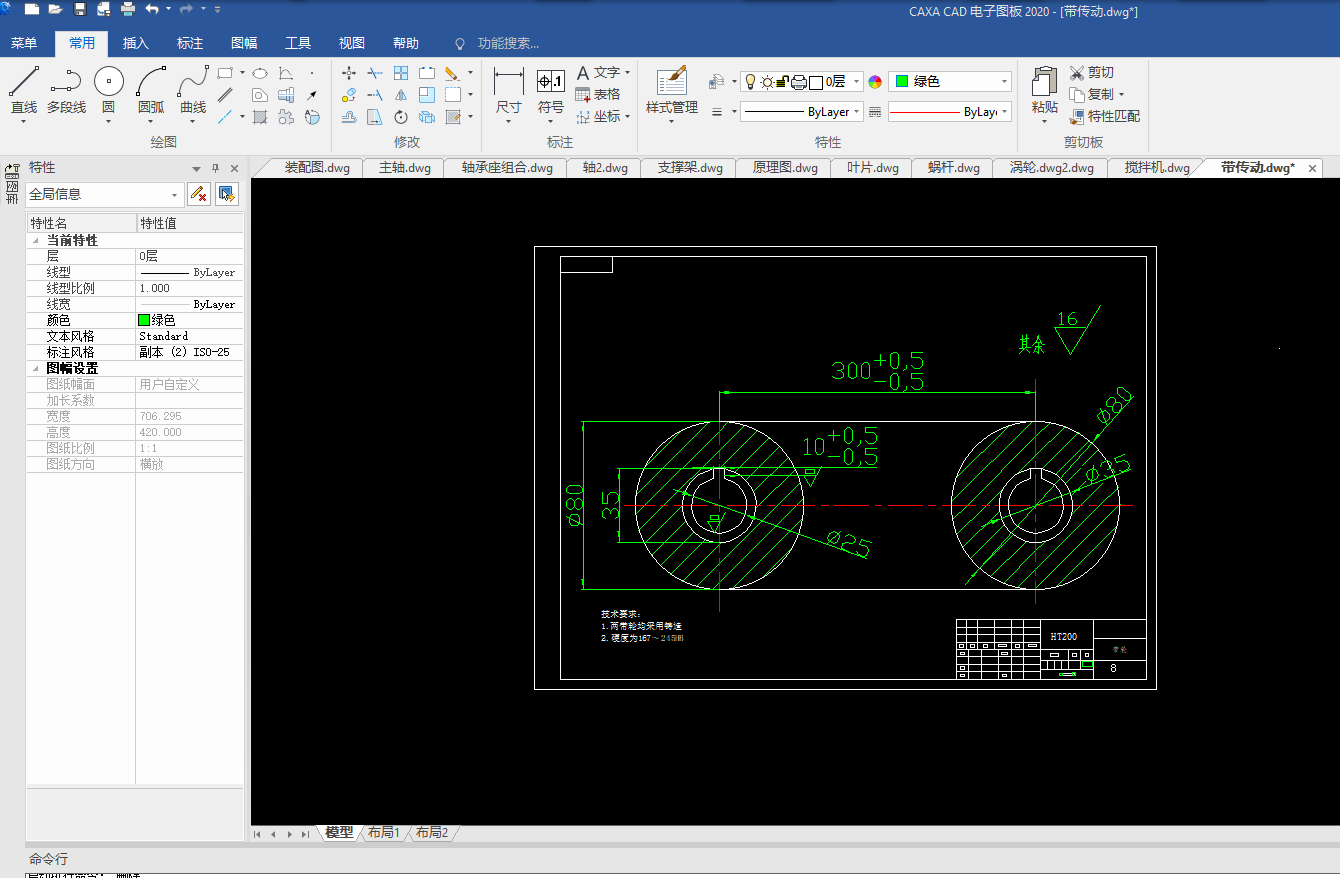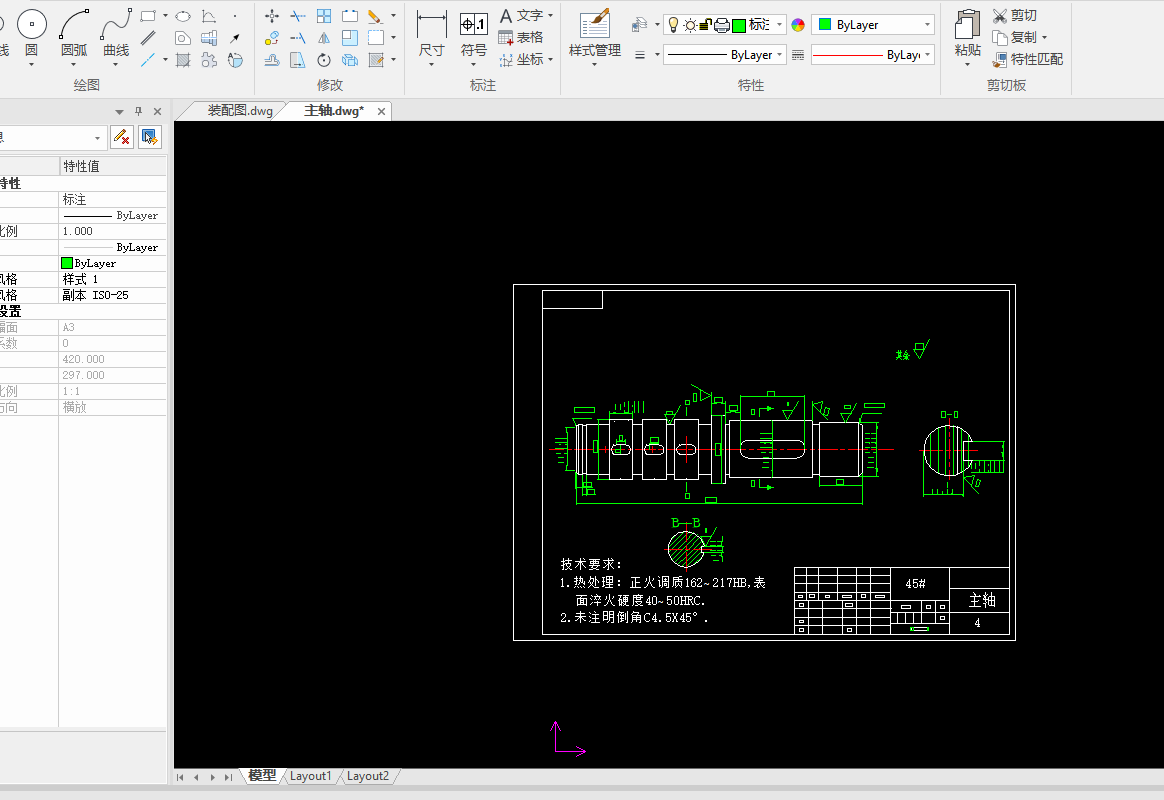太阳能水循环水稻干燥机设计
摘要
本论文设计是一种适合谷物(例如:水稻、大豆、麦子)干燥的干燥机的结构、干燥原理、干燥过程、结构参数的确定方法、干燥性能,但主要是针对水稻的干燥。干燥是指去掉水稻中的水分。按方式分,干燥有烘干和晒干两种,所谓烘干,就是利用燃料烘烤方式蒸发谷中的水分。本论文设计的太阳能水循环谷物干燥机(搅拌机式)在国内有重要的意义。晒干,就是利用自然风来去掉水稻中的水分。按方法分,干燥有分为自然干燥和人工干燥两种。自然干燥,就是利用自然风和太阳能去掉水稻中的水分。人工干燥就是利用干燥机去掉水稻中的水分,人工干燥必须要有热量和风。干燥的目的主要是防止水稻在贮藏中由于水分过多而腐烂和发芽的问题,太阳能干燥就不但节约资源还而且对环境无污染。此外,干燥还可以减少重量便于运输、贮藏和改善水稻的性质和性能,以便下一步作业等。
关键词: 干燥 ;人工干燥; 谷物; 搅拌机
Abstract
The design is suitable for grain ( such as: rice, soybean, wheat) drying dryer structure, principle of drying, drying process, a determining method of structural parameters, drying properties, but mainly for paddy drying. Dry refers to remove moisture content in rice. According to the method, drying drying and drying to two, so-called drying, baking is the use of fuel evaporation of moisture in the valley. In this paper the design of solar energy water circulation grain drier ( mixer type ) in the country has important significance. Dried, is the use of natural wind to remove moisture content in rice. According to the method, drying is divided into natural drying and artificial drying two. Natural drying, is the use of natural wind and solar energy to remove the moisture content in rice. Artificial drying is the use of dryer to remove the rice in water, artificial drying must have heat and wind. Drying is the main purpose of preventing rice during storage due to excessive moisture and decay and germination problems, solar drying will not only save resources and no pollution to the environment. In addition, drying can also reduce weight is convenient for transportation, storage and improve rice properties and performance, so that the next operation
Key word: Drying; drying; grain; mixer
目录
1 绪论¼¼¼¼¼¼¼¼¼¼¼¼¼¼¼¼¼¼¼¼¼¼¼¼¼¼¼¼¼¼¼1
1.1 水稻干燥的意义¼¼¼¼¼¼¼¼¼¼¼¼¼¼¼¼¼¼¼¼¼¼¼¼...1
1.2 水稻干燥机理¼¼¼¼¼¼¼¼¼¼¼¼¼¼¼¼¼¼¼¼¼¼¼¼¼...1
1.3.1 太阳能的介绍¼¼¼¼¼¼¼¼¼¼¼¼¼¼¼¼¼¼¼¼¼¼¼¼..2
1.3.2 太阳能热水器原理及优势¼¼¼¼¼¼¼¼¼¼¼¼¼¼¼¼¼¼¼..2
1.3.3 水介质的优势¼¼¼¼¼¼¼¼¼¼¼¼¼¼¼¼¼¼¼¼¼¼¼¼..2
2 太阳能水循环水稻干燥机工作过程设计¼¼¼¼¼¼¼¼¼¼¼¼¼¼¼¼4
2.1 干燥机基本工作简述¼¼¼¼¼¼¼¼¼¼¼¼¼¼¼¼¼¼¼¼¼¼...4
2.2 水稻干燥机的基本设计要求¼¼¼¼¼¼¼¼¼¼¼¼¼¼¼¼¼¼¼...4
2.2.1 水稻有关参数¼¼¼¼¼¼¼¼¼¼¼¼¼¼¼¼¼¼¼¼¼¼¼¼..5
2.3. 水稻干燥耗能计算¼¼¼¼¼¼¼¼¼¼¼¼¼¼¼¼¼¼¼¼¼¼¼..5
3 干燥机设计¼¼¼¼¼¼¼¼¼¼¼¼¼¼¼¼¼¼¼¼¼¼¼¼¼¼¼..6
3.1 搅拌机的容积设计¼¼¼¼¼¼¼¼¼¼¼¼¼¼¼¼¼¼¼¼¼¼¼.6
3.1.1 尺寸设计¼¼¼¼¼¼¼¼¼¼¼¼¼¼¼¼¼¼¼¼¼¼¼¼¼¼6
3.1.2 热量计算¼¼¼¼¼¼¼¼¼¼¼¼¼¼¼¼¼¼¼¼¼¼¼¼¼¼6
4 动力装置选用¼¼¼¼¼¼¼¼¼¼¼¼¼¼¼¼¼¼¼¼¼¼¼¼¼¼..7
4.1.1 叶片选用¼¼¼¼¼¼¼¼¼¼¼¼¼¼¼¼¼¼¼¼¼¼¼¼¼¼7
4.1.2 主轴转速的确定¼¼¼¼¼¼¼¼¼¼¼¼¼¼¼¼¼¼¼¼¼¼¼7
4.2 传动装置设计¼¼¼¼¼¼¼¼¼¼¼¼¼¼¼¼¼¼¼¼¼¼¼¼¼...7
4.2.1传动链设计¼¼¼¼¼¼¼¼¼¼¼¼¼¼¼¼¼¼¼¼¼¼¼¼¼...7
4.2.2 电动机选择¼¼¼¼¼¼¼¼¼¼¼¼¼¼¼¼¼¼¼¼¼¼¼¼¼8
4.2.3 带轮设计¼¼¼¼¼¼¼¼¼¼¼¼¼¼¼¼¼¼¼¼¼¼¼¼¼¼8
4.2.4 蜗杆涡轮设计¼¼¼¼¼¼¼¼¼¼¼¼¼¼¼¼¼¼¼¼¼¼¼¼9
4.2.5 齿轮传动设计¼¼¼¼¼¼¼¼¼¼¼¼¼¼¼¼¼¼¼¼¼¼¼¼9
4.3 叶片轴的设计¼¼¼¼¼¼¼¼¼¼¼¼¼¼¼¼¼¼¼¼¼¼¼¼¼.12
4.3.1 轴的材料¼¼¼¼¼¼¼¼¼¼¼¼¼¼¼¼¼¼¼¼¼¼¼¼¼..12
4.3.2 轴上圆角与倒角确定¼¼¼¼¼¼¼¼¼¼¼¼¼¼¼¼¼¼¼¼..13
4.3.3 轴承¼¼¼¼¼¼¼¼¼¼¼¼¼¼¼¼¼¼¼¼¼¼¼¼¼¼¼..13
4.4 太阳能电池板选择¼¼¼¼¼¼¼¼¼¼¼¼¼¼¼¼¼¼¼¼¼¼...13
5 其它部件的选用¼¼¼¼¼¼¼¼¼¼¼¼¼¼¼¼¼¼¼¼¼¼¼¼..14
5.1 搅拌机底座支架¼¼¼¼¼¼¼¼¼¼¼¼¼¼¼¼¼¼¼¼¼¼¼...14
5.2 水管¼¼¼¼¼¼¼¼¼¼¼¼¼¼¼¼¼¼¼¼¼¼¼¼¼¼¼¼...16
5.3 水泵和阀门¼¼¼¼¼¼¼¼¼¼¼¼¼¼¼¼¼¼¼¼¼¼¼¼¼...16
5.4 搅拌机材料¼¼¼¼¼¼¼¼¼¼¼¼¼¼¼¼¼¼¼¼¼¼¼¼¼...16
小结¼¼¼¼¼¼¼¼¼¼¼¼¼¼¼¼¼¼¼¼¼¼¼¼¼¼¼¼¼¼¼..17
参考文献¼¼¼¼¼¼¼¼¼¼¼¼¼¼¼¼¼¼¼¼¼¼¼¼¼¼¼¼¼..19
致谢¼¼¼¼¼¼¼¼¼¼¼¼¼¼¼¼¼¼¼¼¼¼¼¼¼¼¼¼¼¼¼..20


